Common Name(s): Grand fir
Scientific Name: Abies grandis
Distribution: Northwestern United States and southern British Columbia
Tree Size: 100-200 ft (30-60 m) tall,
3-4 ft (1-1.2 m) trunk diameter
Average Dried Weight: 28 lbs/ft3 (450 kg/m3)
Specific Gravity (Basic, 12% MC): .35, .45
Janka Hardness: 490 lbf (2,180 N)
Modulus of Rupture: 8,740 lbf/in2 (60.3 MPa)
Elastic Modulus: 1,530,000 lbf/in2 (10.55 GPa)
Crushing Strength: 5,200 lbf/in2 (35.9 MPa)
Shrinkage: Radial: 3.4%, Tangential: 7.5%,
Volumetric: 11.0%, T/R Ratio: 2.2
Color/Appearance: Heartwood is usually white to reddish brown, with pale sapwood that isn’t clearly distinguished from the heartwood.
Grain/Texture: Grain is straight, with a uniform medium-coarse texture.
Rot Resistance: Rated as non-durable to perishable regarding decay resistance, with little resistance to insect attacks.
Workability: Generally easy to work with both hand and machine tools, though some drying defects may be present or occur while drying the wood. Glues, stains, and finishes well.
Odor: Generally has no odor, though some pieces may have an unpleasant scent when green.
Allergies/Toxicity: Although severe reactions are quite uncommon, fir in the Abies genus has been reported to cause skin irritation. See the articles Wood Allergies and Toxicity and Wood Dust Safety for more information.
Pricing/Availability: Grand fir is used as construction lumber and is commonly grouped together with other species of fir and hemlock and sold under the more generic label “HEM-FIR.” Prices should be moderate for such utility lumber, though clear, quartersawn, or other such specialty cuts of fir lumber are likely to be more expensive.
Sustainability: This wood species is not listed in the CITES Appendices, and is reported by the IUCN as being a species of least concern.
Common Uses: Construction lumber, paper (pulpwood), plywood, and other utility wood purposes.
Comments: Fir is divided into different groupings, with the primary species in the western United States (including grand fir) all belonging to the white fir group.
Many species of fir have excellent stiffness-to-weight ratios, which rivals other softwood species such as Sitka spruce (known for its combination of low density and relatively high modulus of elasticity).
Images: Drag the slider up/down to toggle between raw and finished wood.
Identification: See the article on Softwood Anatomy for definitions of endgrain features.
Resin canals: absent (traumatic resin canals occasionally present)
Tracheid diameter: medium-large
Earlywood to latewood transition: gradual
Grain contrast: medium
Lookalikes/Substitutes: Hemlock (Tsuga spp.) is difficult to differentiate from fir species: both have similar color, grain, and weight. Also, they both lack resin canals and have little to no discernible scent. Spruce (Picea spp.) and pine (Pinus spp.) are two similar-looking softwoods that can also be confused with fir. However, these two genera both feature resin canals (and pine has a distinct odor), which helps to separate them from fir.
Notes: Fir species can’t be reliably separated from each other on the basis of macroscopic anatomy. (There are slight differences between the various species in density, texture, and grain evenness, but none provide a consistent means for positive identification.)
Related Content:

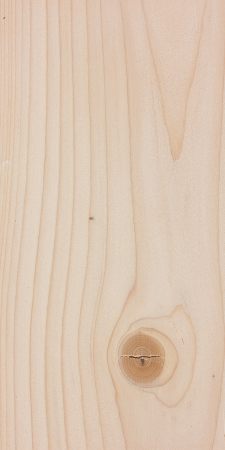
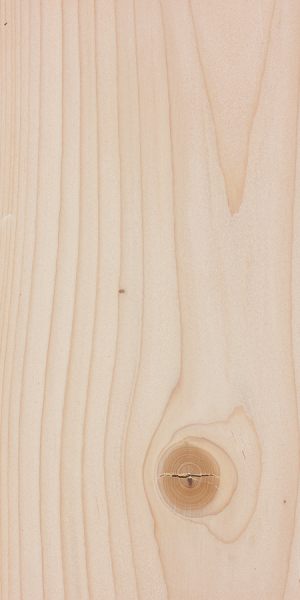
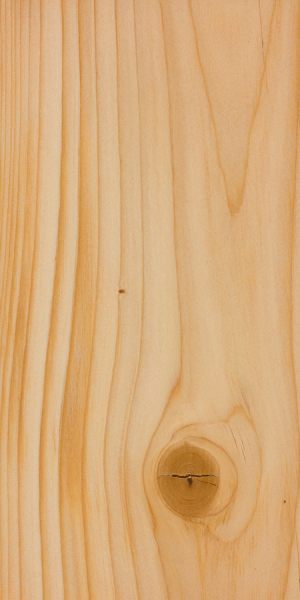
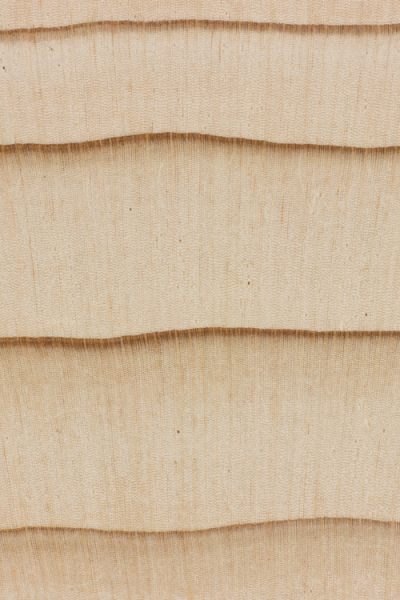

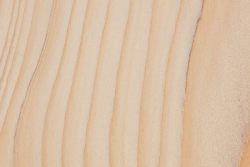
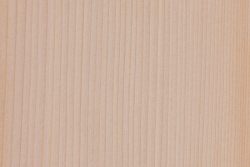
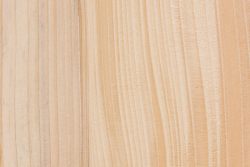
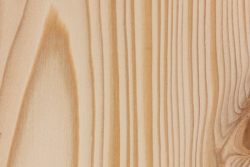
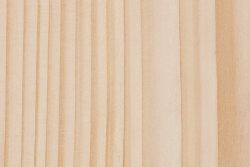
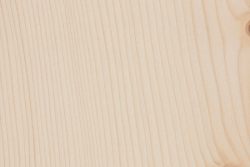
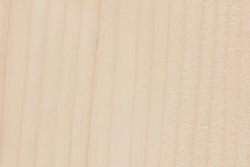
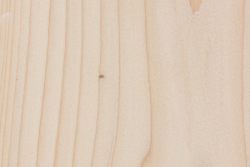
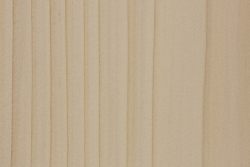
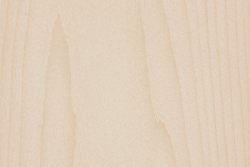
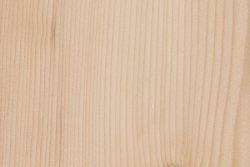
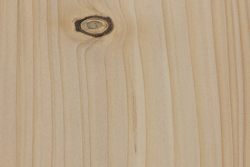

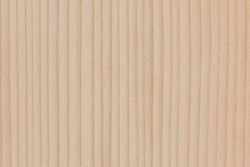
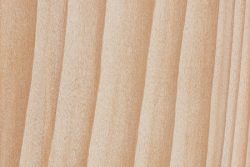





Hi, Wondering if you have a guess as to what type of wood this is. It was salvaged from a work bench in a 1940’s house in Seattle. Any thoughts appreciated! Thanks!
Definitely a softwood. Hard to say for sure without a much closer view of the endgrain to look for resin canals. But if it’s from Seattle it’s more than likely a softwood species native to the Pacific NW, so that rules out quite a bit of other potential candidates.